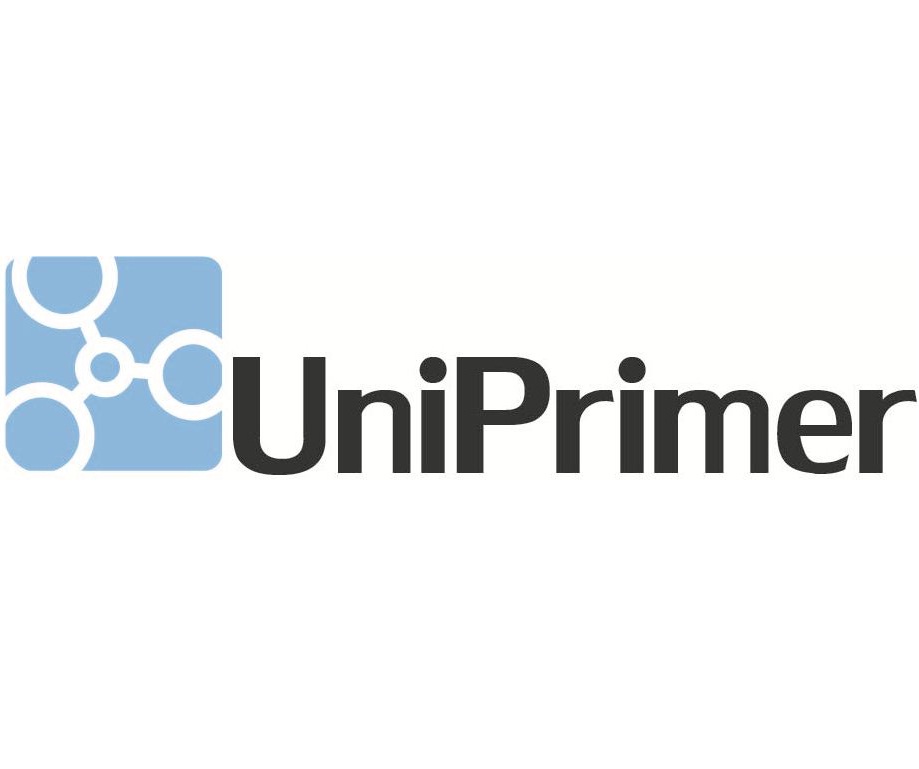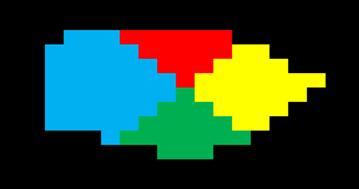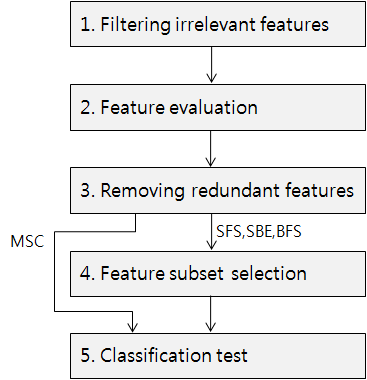

developed by BIO-IT Lab.
Dankook University, Korea
|
|
AmRMR
|
|
|
R-value
|
|
|
RFS
|

|
Concave Hull
|

|
UniPrimer
|
|
|
DAMC-MC
|

|
|

|
CBFS
|
|
|
AGM
|

|
boostMDR
|
|
|
|
|
|
|

|
Find Biomarker
|